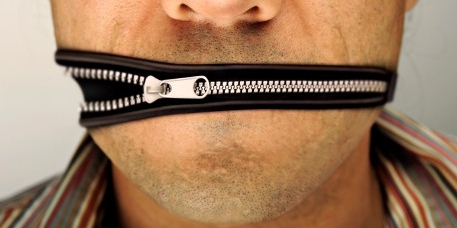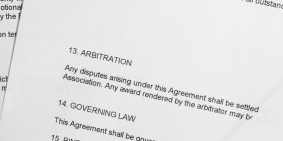
This definition comes from Civil Code section 841.4, California’s so-called “spite fence” statute. It is two sentences long, attesting to its age on the books, as opposed to modern statutes that run on for multiple paragraphs that often obfuscate, not elucidate.
That said, the appellate court in Eugene Vanderpol v. Fred Starr had to interpret both sentences for our future guidance. Specifically, the Court of Appeal held that a row of trees can be a “structure in the nature of a [spite] fence” that, in some situations, falls within the statute. And, the injured party must show that it was injured in its comfort or enjoyment of his property. In this case, while the jury found malice by the defendants, they were not asked to find damages regarding comfort or enjoyment. The reviewing court sent the case back to the superior court for a new trial. Presumably, there’ll be a settlement, as the trees blocked plaintiffs’ ocean view, which certainly sounds like injury to enjoyment of one’s property.
Once again, the lesson in statutory construction is – read the statute!
Disclaimer
Related Posts
March 1, 2011
Homebuilder Alert: Your Home Sales Contract May Not Protect You
If a homebuilders alternative…
January 18, 2011
Right to Arbitrate May be Waived by Proceeding With a Lawsuit
The California Court of Appeal recently…




